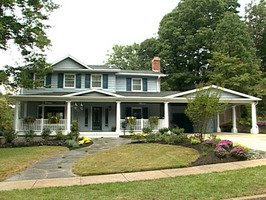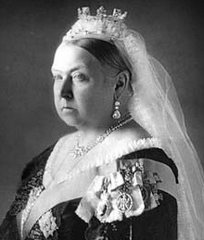Do not get me wrong; I can certainly appreciate Palladian architecture, as I do other classical styles. But I was certainly amused at Colin McDowell's column in The Times Online regarding the inappropriateness of the style in the English Countryside. This is especially the case in comparison to the country's indigenous styles, such as Tudor and Elizabethan. However, as McDowell points out, the infatuation that the 18th century had for the classic style overlooked the fact that
"what looks right on the banks of the Brenta in the Veneto, where the interplay of sun and light give animation to the architecture, merely looks sterile and repetitive under our leaden skies."
 McDowell goes on to note that the popularity of classicism held out for perhaps longer than it deserved, until the "unschooled" Victorians and Edwardians happily resurrected historical English styles 200 years after Inigo Jones. When all is said and done, he asserts that the Palladian style is an alien one.
McDowell goes on to note that the popularity of classicism held out for perhaps longer than it deserved, until the "unschooled" Victorians and Edwardians happily resurrected historical English styles 200 years after Inigo Jones. When all is said and done, he asserts that the Palladian style is an alien one. "Much worse was the havoc it played with our own architectural aesthetic, which - chaotic, crazy, rude and even vulgar - perfectly reflects the British personality."
You can read the whole article here. Well said.













